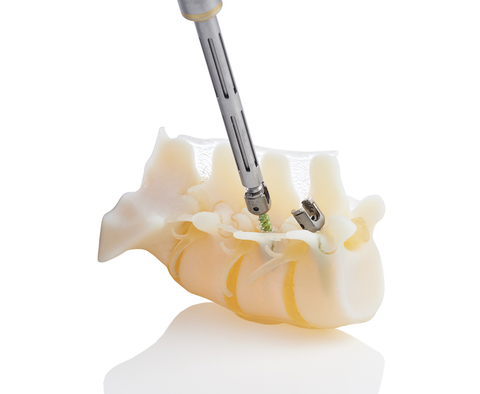The 3D-printing specialist Stratasys unveiled a new service that offers custom replicas of human tissue for medical device testing and the training and education of physicians.
The platform, dubbed BioMimics, allows the creation of realistic, functionally accurate replicas of complex anatomical structures, and is offered as a service through the company’s Direct Manufacturing unit, Stratasys said in a statement.
Stratasys is taking aim at a significant unmet need—the ability to test devices and train doctors on rare conditions.
“The challenges of today’s solutions include animal models that only approximate human anatomy, and cadavers that don’t retain the live-tissue feel and often lack targeted pathology,” said Scott Rader, general manager of Healthcare Solutions at Stratasys, in the statement.

Another bottleneck in treating, say, a rare congenital heart defect, would be a lack of animal or cadaver hearts with that particular defect, said Mike Gaisford, director of marketing, medical solutions at Stratasys. Being able to 3D-print a number of models with the same anatomy would solve this problem.
The models are created via multi-material 3D printing, allowing them to mimic both soft tissue and hard bones. At the moment, BioMimics may be used to model heart and bone structures, and the company plans to add vascular anatomies next year.
“The Jacobs Institute has been using Stratasys 3D printing solutions to replicate vascular anatomy for many years. The BioMimics capabilities Stratasys has now developed enable a level of biomechanical realism and clinical sophistication not previously available in any vascular model.” said Dr. Adnan Siddiqui, chief medical officer at the Jacobs Institute, vice-chairman and professor of neurosurgery at University of Buffalo Neurosurgery.
Stratasys and the Jacobs Institute teamed up in April last year on an R&D center focused on 3D printing for the development of medical devices. It was the first time the company partnered formally with a medical organization to explore new opportunities of 3D printing in healthcare.